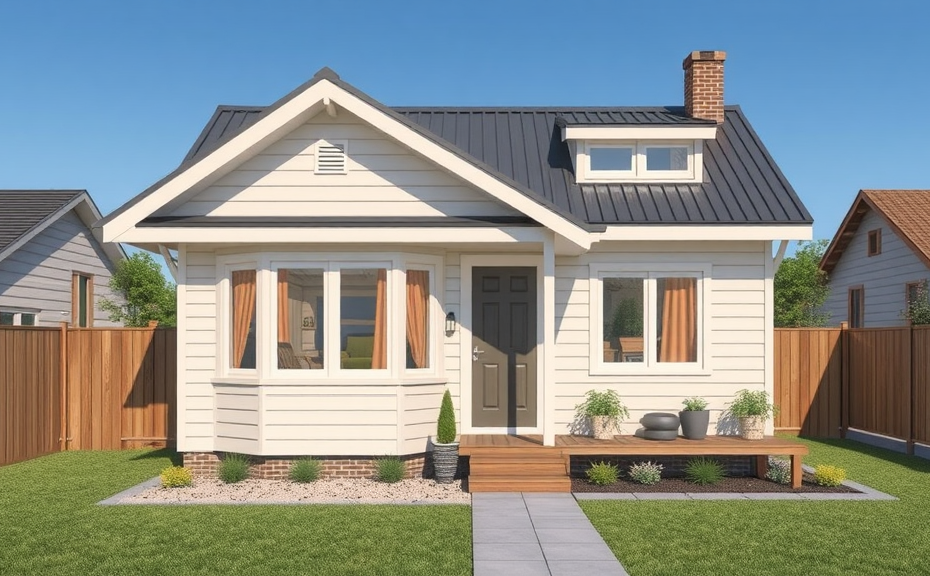In recent years, the tiny home movement has captured the imagination of many looking for affordable, minimalist living. However, a question often arises: is it difficult to sell a tiny home? Selling a tiny home can be a unique challenge due to various factors that influence the market and consumer preferences.
Firstly, the target audience for tiny homes is relatively niche. Many buyers are drawn to minimalist lifestyles, sustainability, or financial freedom, but not everyone is ready to downsize significantly or live in smaller spaces. Limited buyer interest can make it more difficult to find the right person willing to invest in a tiny home.
Location also plays a pivotal role in the sale of a tiny home. In urban areas where space is scarce, tiny homes may be more desirable. Conversely, rural settings may present challenges, as potential buyers might prefer traditional-sized homes with more land. Understanding the local real estate market and zoning laws is crucial in this regard.
Additionally, aspects such as design, quality of construction, and available amenities significantly impact resale value. A well-designed tiny home can attract buyers, while poorly constructed models may turn them away. Investing in high-quality finishes and functional layouts can enhance marketability.
- Understand local demand and competition.
- Highlight unique features and sustainability aspects.
- Be prepared for negotiations and flexible pricing.
Ultimately, while selling a tiny home may come with its set of challenges, understanding the market and focusing on quality can facilitate a smoother selling process. By catering to the right audience and showcasing the benefits of tiny living, owners can increase their chances of making a successful sale.
